Sago Street (also known as Street of the Dead) is a street in Singapore’s Chinatown that’s steeped in both history and Chinese influence.
The one-way street links South Bridge Road to Trengganu Street and gets its name from the numerous sago factories that once thrived here during the 1840s.
Sago Street, Street of the Dead, History, Temples & Map, Singapore
Back then, sago production was a lucrative business. Sago was an ingredient used in delicacies, and because it was so profitable, there were almost 30 sago factories in Singapore at one time. All of them produced roughly 8,000 tonnes of sago each year, some of which was exported to Europe and India.Most of the sago factories were concentrated in this area, as well as the adjacent street called Sago Lane. By the turn of the 20th century, the street became notorious for the many brothels and prostitute dens.
However, it’s more famously known for another eerie reason: the presence of its death houses. Sago Street, as well as Sago Lane, were the site of Chinese death houses, which featured a living space on the ground floor, and a funeral parlour beneath it. It served as a home for people living their last days since it was a belief that death shouldn’t take place within a home; otherwise, it could bring bad luck to the other inhabitants.
Since the Chinese believed that one can take their material belongings to the afterlife, burning of fake paper money and replicas of cars or houses were part of the funeral ritual. Chinese funerals often lasted several days, and eventually, many food vendors sprouted in the area to cater to these events. By 1961, death houses were prohibited.
It may seem like a morbid attraction, but death houses were necessary for the early Chinese immigrants of Singapore. The Chinese Tua Pek Kong temple, built back in 1895, is another landmark of Sago Street.















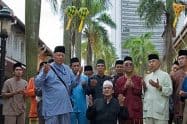

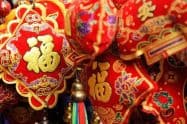
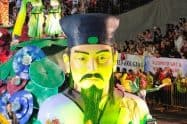
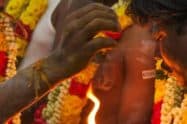
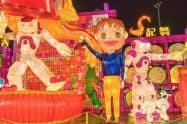


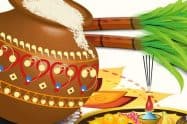



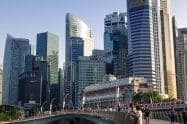
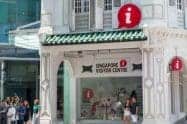
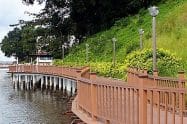
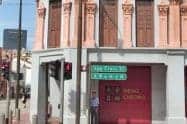
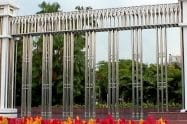
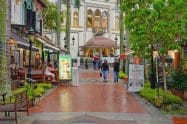
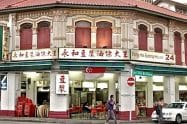
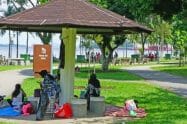
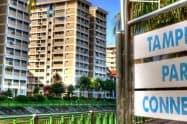
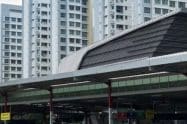
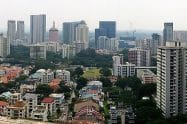
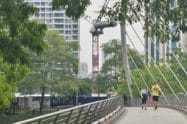


























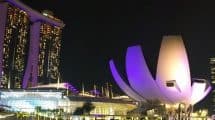



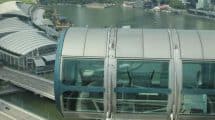

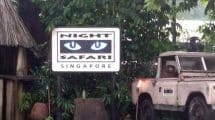
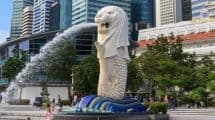
Do You Have a Question to Ask?